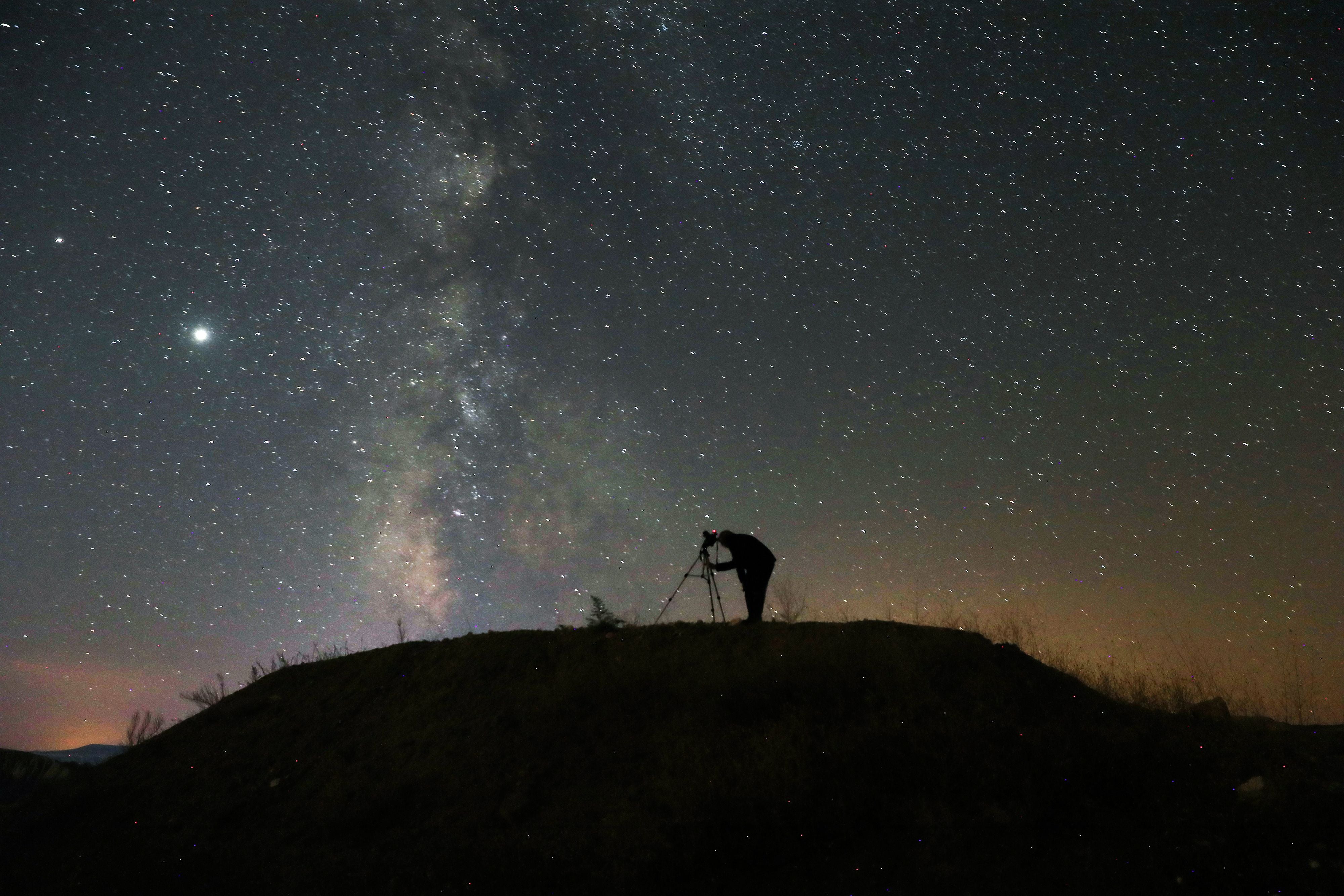Scientists find hundreds of examples of mysterious radio blasts coming from deep in the universe

Scientists say they have found hundreds more examples of mysterious blasts of radio energy coming from deep in the universe.
The number of the fast radio bursts catalogued has dramatically increased, after a Canadian telescope detected 535 new examples.
Fast radio bursts are intensely powerful, but extremely short, blasts of energy that reach us from unknown sources in the distant universe. Researchers have been looking for their source for years, since they were first discovered in 2007, with only 140 examples of them to go by.
Now, however, that number has quadrupled. Researchers using a Canadian telescope known as CHIME say they have found 535 examples in its first year of operation, between 2018 and 2019.
As well as vastly expanding the current catalogue of FRBs, it has led to the discovery of what appear to be specific kinds of them: some repeat, while others don’t. Of the sources, 18 seem to repeat and the rest do not – and those that repeat have different characteristics, lasting a little longer and emitting in more focused frequencies.
Researchers have assembled the findings into a new FRB catalogue, which they hope can be used to further understand where the blasts are coming from.
“Before CHIME, there were less than 100 total discovered FRBs; now, after one year of observation, we’ve discovered hundreds more,” said CHIME member Kaitlyn Shin, a graduate student in MIT’s Department of Physics, in a statement.
“With all these sources, we can really start getting a picture of what FRBs look like as a whole, what astrophysics might be driving these events, and how they can be used to study the universe going forward.”
The researchers hope that the results can be used not only to study FRBs themselves, but to use them to measure other important characteristics of the universe. They may serve as a way to map how gas is distributed throughout the cosmos, for instance.
“Each FRB gives us some information of how far they’ve propagated and how much gas they’ve propagated through,” said Shin.
“With large numbers of FRBs, we can hopefully figure out how gas and matter are distributed on very large scales in the universe. So, alongside the mystery of what FRBs are themselves, there’s also the exciting potential for FRBs as powerful cosmological probes in the future.”
Researchers are still searching for whatever extreme and exotic conditions are able to throw out such energy for such a short period. While speculation has covered everything from black holes to extraterrestrial technology, the leading theory is that they are the result of outbursts from young magnetars, or neutron stars with very powerful magnetic fields.
That theory was boosted further last month by researchers who tracked the bursts down to their exact locations, finding that many of them were placed on the outstretched curvy tentacles of spiral galaxies.
Join our commenting forum
Join thought-provoking conversations, follow other Independent readers and see their replies
Comments